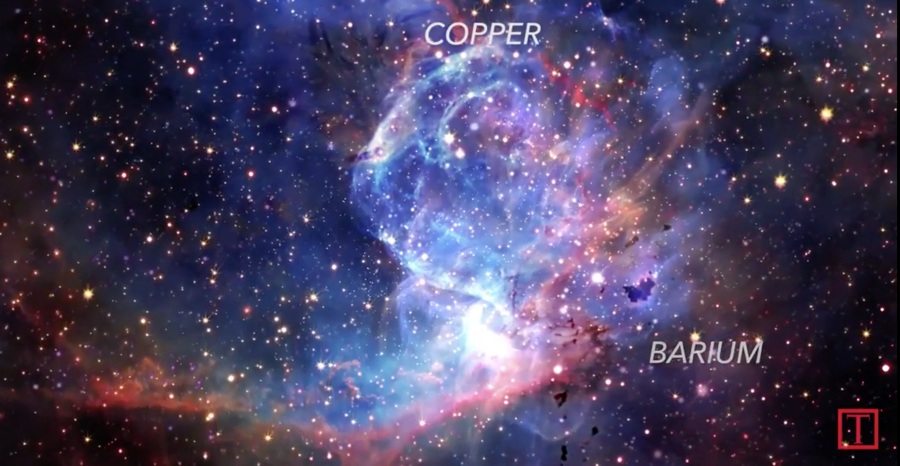When you watch fireworks burst with color, you’re seeing examples of how stars and galaxies work: Blues from copper, yellows from sodium, bright whites from aluminum, barium greens, and reds made from strontium… The electrons within fireworks react to heat, producing colors in the form of light.
The same thing happens when we observe space: The colors we see help us identify the chemical compositions of stars and galaxies. Materials Scientist Dr. Ainissa Ramirez explains in this Time Magazine video: Explore the Science Behind Fireworks—and the Galaxy.


Watch these next: Spectroscopy of Stars, We Are All Dead Stars, and You’re A Firework (Scientifically Speaking).
Plus, watch more videos from Ainissa Ramirez on TKSST.
Curated, kid-friendly, independently-published. Support this mission by becoming a sustaining member today.

